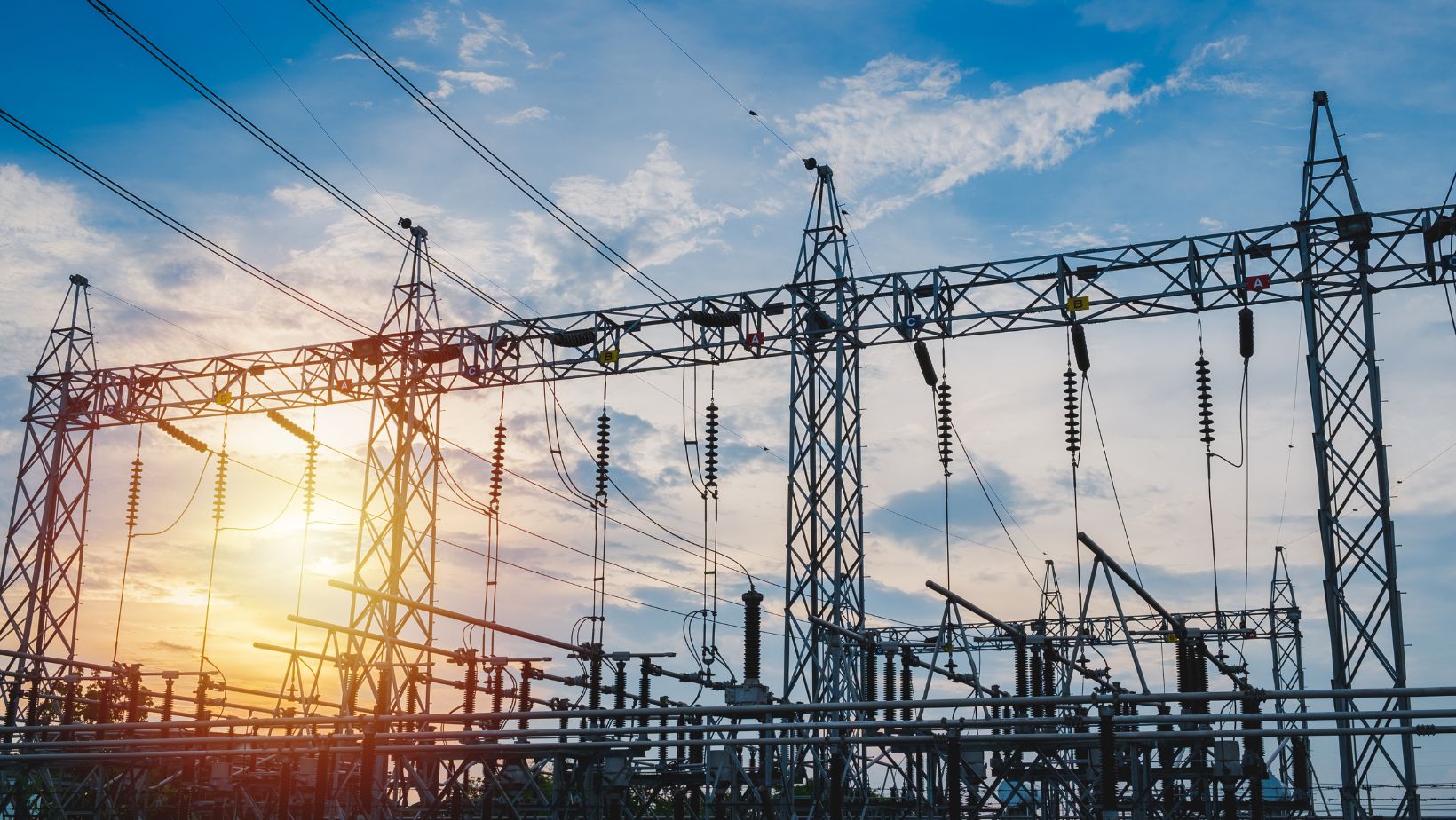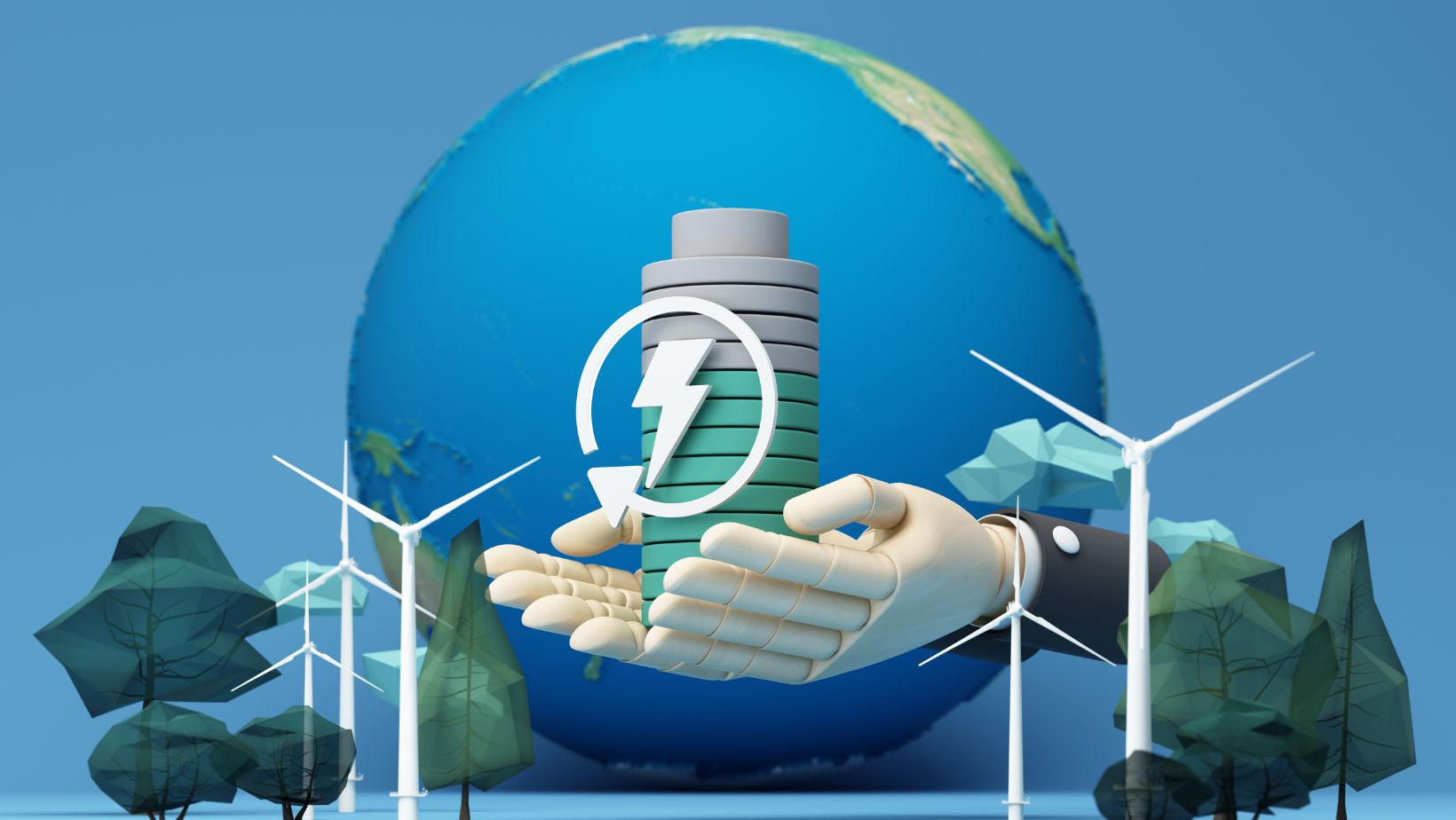The Future of Energy: Innovations and Trends Shaping the Industry

Introduction to the Future of Energy
The energy sector is profoundly transforming as environmental concerns and economic factors drive a shift toward sustainable and innovative practices. Traditional energy sources, which rely heavily on fossil fuels, are scrutinized for their substantial ecological footprints and vulnerability to price volatility. In response, consumers and providers seek alternatives that offer long-term benefits for the planet and economic viability.
Amidst these changes, exploring various Dallas energy plans showcases the diverse options available to households and businesses aiming to reduce their carbon footprint. Examining how energy providers adapt to these new demands highlights the sector’s evolutionary trajectory toward cleaner, more efficient energy solutions.
Renewable Energy Sources: A Growing Force
Renewable energy sources are revolutionizing the world’s energy landscape because they offer sustainable substitutes for fossil fuels. As efficiency increases and costs come down, geothermal, hydro, wind, and solar energy are becoming increasingly common. Due to the need for energy security and environmental concerns, governments and corporations are making significant investments in renewable infrastructure.
While energy storage advancements and sophisticated grid systems improve dependability, this shift generates new jobs and stimulates economic growth. Green energy solutions are becoming increasingly in demand as public awareness grows. Even if issues like infrastructure development and intermittency still exist, continuing research and encouraging regulations are addressing them. A sustainable future is one in which renewable energy is expected to be essential.
Innovations in Energy Storage
The development of robust energy storage systems is a pivotal component in the widespread adoption of renewable energy. Innovations in battery technology, particularly lithium-ion and emerging solid-state solutions, pave the way for more efficient and reliable energy storage. These technologies ensure a consistent supply, even when natural energy generation is low, by enabling the capture and retention of excess energy.
Energy storage facilitates the integration of renewable sources into the grid and supports the decentralization of energy systems. It allows consumers to become producers through technologies like home battery systems and electric vehicles. This shift empowers communities to manage their energy needs more effectively.
The Role of Smart Grids
Smart grids provide more control and flexibility and have become revolutionary instruments in contemporary energy management. These grids increase the dependability and effectiveness of energy distribution by monitoring and reacting to variations in the demand for electricity through digital communication technology. Smart grids guarantee a resilient infrastructure by considering the dynamic nature of renewable energy sources.

Utilizing innovative grid technologies has demonstrated measurable advantages in controlling peak demand and minimizing energy waste. A recent study claims that smart grids are key in combining dispersed energy sources, such as electric cars, energy storage devices, and rooftop solar panels, to produce a more flexible and sustainable energy network.
Energy Efficiency Improvements
Energy efficiency remains crucial to reducing overall energy use and limiting environmental impacts. Thanks to technological advancements like energy-efficient appliances and smart home equipment, there are many opportunities to reduce energy use. In both the home and commercial sectors, efficient heating, ventilation, and air conditioning (HVAC) systems have dramatically reduced energy expenses and carbon emissions.
Adding modern insulation and lighting to older structures is a practical example of energy efficiency. These steps not only lower operating costs but also aid global efforts to slow climate change. As these techniques spread, their overall impact on energy conservation will be substantial.
The Impact of Government Policies
Thanks to government regulations and laws, the energy sector operates in an environmentally responsible manner. Incentives such as tax reductions and rebates encourage the use of renewable energy technologies by making them financially attractive to consumers and enterprises. Regulations that set emissions targets also compel businesses to reduce their carbon footprints and increase energy efficiency.
The varied approaches of many countries and regions, based on their unique circumstances, create a complicated yet dynamic global energy policy environment. These policies, which promote using renewable energy sources and technology research and development, speed the transition to a more sustainable energy future.
What’s Next for Energy?
New technologies like improved nuclear reactors and hydrogen fuel cells can potentially increase the clean energy arsenal as the energy sector develops. These technologies have excellent prospects for future energy production and distribution, especially with continuous renewable and storage improvements. Thanks to the continued trend toward decentralized energy systems aided by smart grid and storage technology, people and communities can now take control of their energy use. The sector is well-positioned to achieve sustainability, efficiency, and dependability in energy supply with sustained investment and innovation.
Conclusion
A combination of innovation, legislative assistance, and changing consumer attitudes toward sustainability are influencing the energy landscape of the future. The shift to a cleaner, more robust energy system will be accelerated by developments in energy storage, smart grids, and efficiency enhancements as renewable energy sources become more affordable and efficient. Government policies are essential in promoting this advancement by encouraging sustainable practices and pressuring industry to reduce emissions.

Even while there are still obstacles to overcome, continued study and funding for cutting-edge technologies like improved nuclear reactors and hydrogen fuel cells will broaden the scope of sustainable energy. The way forward indicates a decentralized, intelligent, and ecologically responsible energy ecosystem that will enable people, companies, and communities to actively participate in creating a sustainable future.

 Rapid Home Direct: Your Comprehensive Guide to Home Solutions
Rapid Home Direct: Your Comprehensive Guide to Home Solutions  Rapid HomeDirect: Your Ultimate Guide to Streamlined Living
Rapid HomeDirect: Your Ultimate Guide to Streamlined Living  Leading Reasons Barn Repairs Help Protect Belongings From Damage
Leading Reasons Barn Repairs Help Protect Belongings From Damage